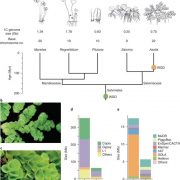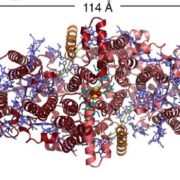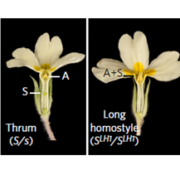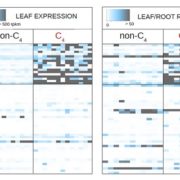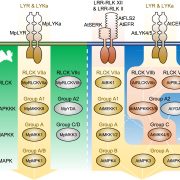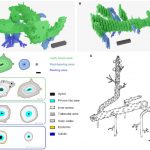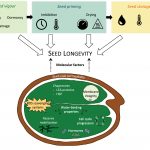Viewpoint: Bryophytes are not early diverging land plants (New Phytol.)
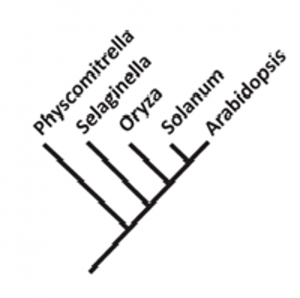 Phylogenetic trees demonstrate the evolutionary relationship between organisms, but sometimes these relationships are described by inappropriate terminology. In this Viewpoint, McDaniel observes that based on a phylogeny as drawn here, bryophytes (represented by the genus Physcomitrella, aka Physcomitrium) are frequently described as an early-diverging, ancient, or basal lineage in relation to the rest of terrestrial plants. But this terminology suggests that evolution has a direction towards the state of a higher lineage, and also suggests that bryophytes stopped evolving after diverging and maintained their ancestral traits. Furthermore, it implies a sort of hierarchy as in Aristotle’s Scala Naturae – in which things are ranked from low (rocks) to high (angels), which McDaniel describes as “pre-evolutionary” thinking. The author argues that we should instead use more accurate language such as “sister group” or “common ancestor” when describing relationships. Finally, the author emphasizes how using proper language improves the perception of students, the public, and the scientists outside the field on modern evolutionary concepts (he provides links to some excellent resources for teaching this “tree-thinking” perspective). Proper language could better orient research questions and prevent research bias towards so-called “advanced lineages.” All living organisms are still evolving; bryophytes and angiosperms alike. (Summary by Roxana Khoshravesh @RoxiKh) New Phytol. 10.1111/nph.17241
Phylogenetic trees demonstrate the evolutionary relationship between organisms, but sometimes these relationships are described by inappropriate terminology. In this Viewpoint, McDaniel observes that based on a phylogeny as drawn here, bryophytes (represented by the genus Physcomitrella, aka Physcomitrium) are frequently described as an early-diverging, ancient, or basal lineage in relation to the rest of terrestrial plants. But this terminology suggests that evolution has a direction towards the state of a higher lineage, and also suggests that bryophytes stopped evolving after diverging and maintained their ancestral traits. Furthermore, it implies a sort of hierarchy as in Aristotle’s Scala Naturae – in which things are ranked from low (rocks) to high (angels), which McDaniel describes as “pre-evolutionary” thinking. The author argues that we should instead use more accurate language such as “sister group” or “common ancestor” when describing relationships. Finally, the author emphasizes how using proper language improves the perception of students, the public, and the scientists outside the field on modern evolutionary concepts (he provides links to some excellent resources for teaching this “tree-thinking” perspective). Proper language could better orient research questions and prevent research bias towards so-called “advanced lineages.” All living organisms are still evolving; bryophytes and angiosperms alike. (Summary by Roxana Khoshravesh @RoxiKh) New Phytol. 10.1111/nph.17241


